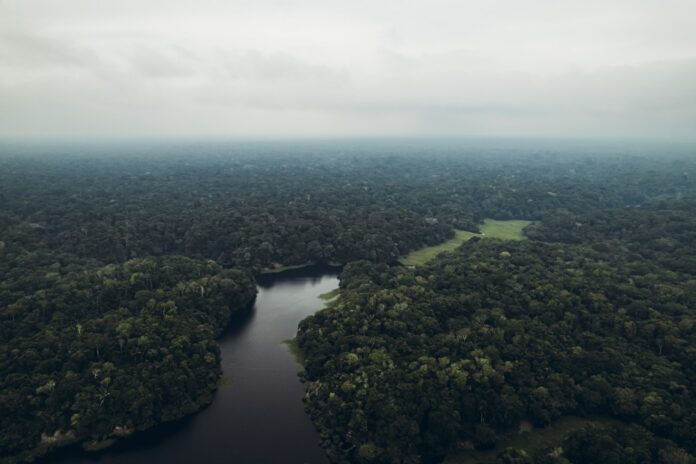Amazon River is the world’s largest river by volume and contains 20% of earth’s fresh water. The river in Peru flows through Brazil and ends in the Atlantic Ocean. Because of its size, it is sometimes called the Sea. There have been different studies that have tried to measure its exact length.
A U.S. National Park Service study suggests that the Amazon River is 3,980 miles (6,400 kilometers) long. Similarly, there were various studies that also calculated the age of the river. In 2009, scientists suggested that the age of the Amazon River was 11 million years.
One more time, scientists did the same study. This time, scientists have determined the age of the formation of the Amazon River. The study suggests that the Amazon River is not younger than 9 or 9.4 million years.
Scientists from the University of Amsterdam (UvA) and the University of Brasilia (Brazil) have conducted this study. This study analyzed geochemical and palynological data of sediments from a hydrocarbon exploration borehole.
Professor Farid Chemale said, “We were able to narrow down the age of onset of the Amazon River. We sampled the transition interval in a classical section of the Amazon submarine fan, where the sediments transported by this river are deposited and as a result, accurately record its evolutionary history. We applied high-resolution analytical techniques not previously performed in the region.”
Due to this, a change occurred in sediment composition and plant residual matter during the late Miocene (9.4 to 9 Ma). It shows a switch in the river from the tropical lowlands to the high Andes, which is diagnostic of the onset of the transcontinental Amazon River.
The sediment change raises the question of whether the Amazon region might have changed dramatically during Plio-Pleistocene global cooling.
Lead author Dr. Carina Hoorn said, “Our study confirms an old age for the Amazon River. It also points to an expansion of grasslands during the Pleistocene that was not known before. Further research on land and at sea may give further answers but will require investment in both continental and marine drilling.”
The study also gives novel insights into overall changes in the Amazon drainage basin. However, the Amazon River is the largest drainage basin of all rivers worldwide, and it is hard to unveil them. It is because- some records are scarce, fragmented, and equally difficult to access.
Read Also: It has been suggested that the Nile river may be around 30 million years old.
Journal Reference
- Hoorn, C., Bogotá-A, G. R., Romero-Baez, M., Lammertsma, E. I., Flantua, S. G., Dantas, E. L., Dino, R., Do Carmo, D. A., & Chemale, F. (2017). The Amazon at sea: Onset and stages of the Amazon River from a marine record, with special reference to Neogene plant turnover in the drainage basin. Global and Planetary Change, 153, 51-65. DOI: 10.1016/j.gloplacha.2017.02.005
